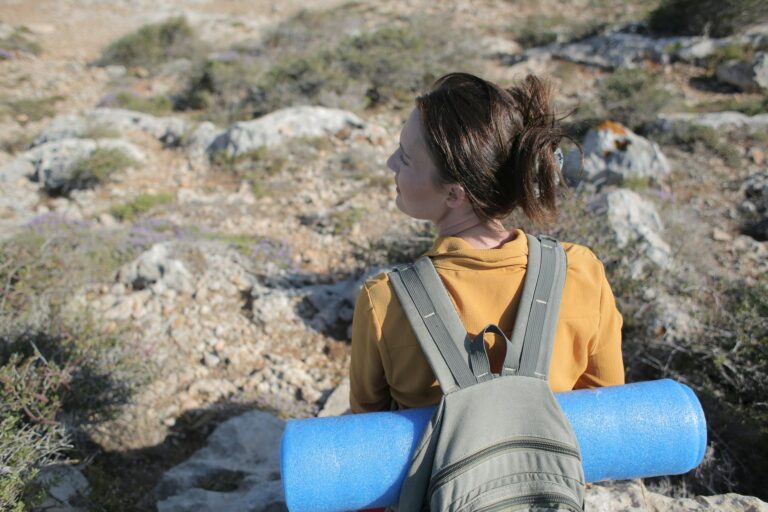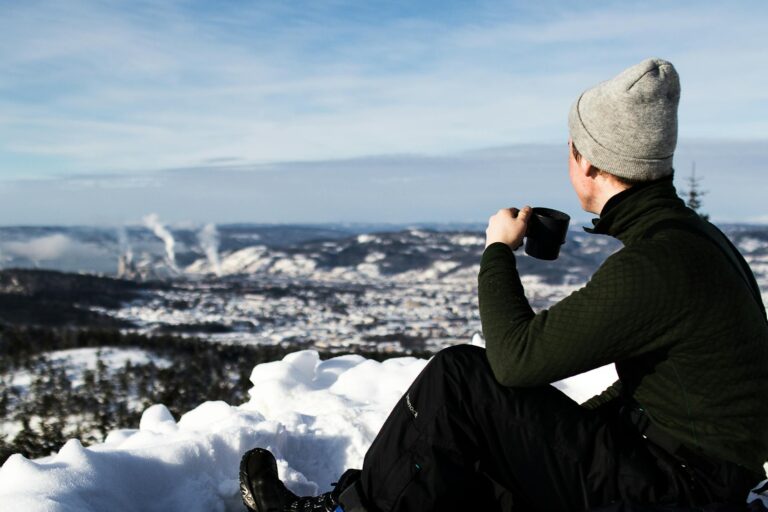Winter Backpacking Tips Every Beginner Should Know
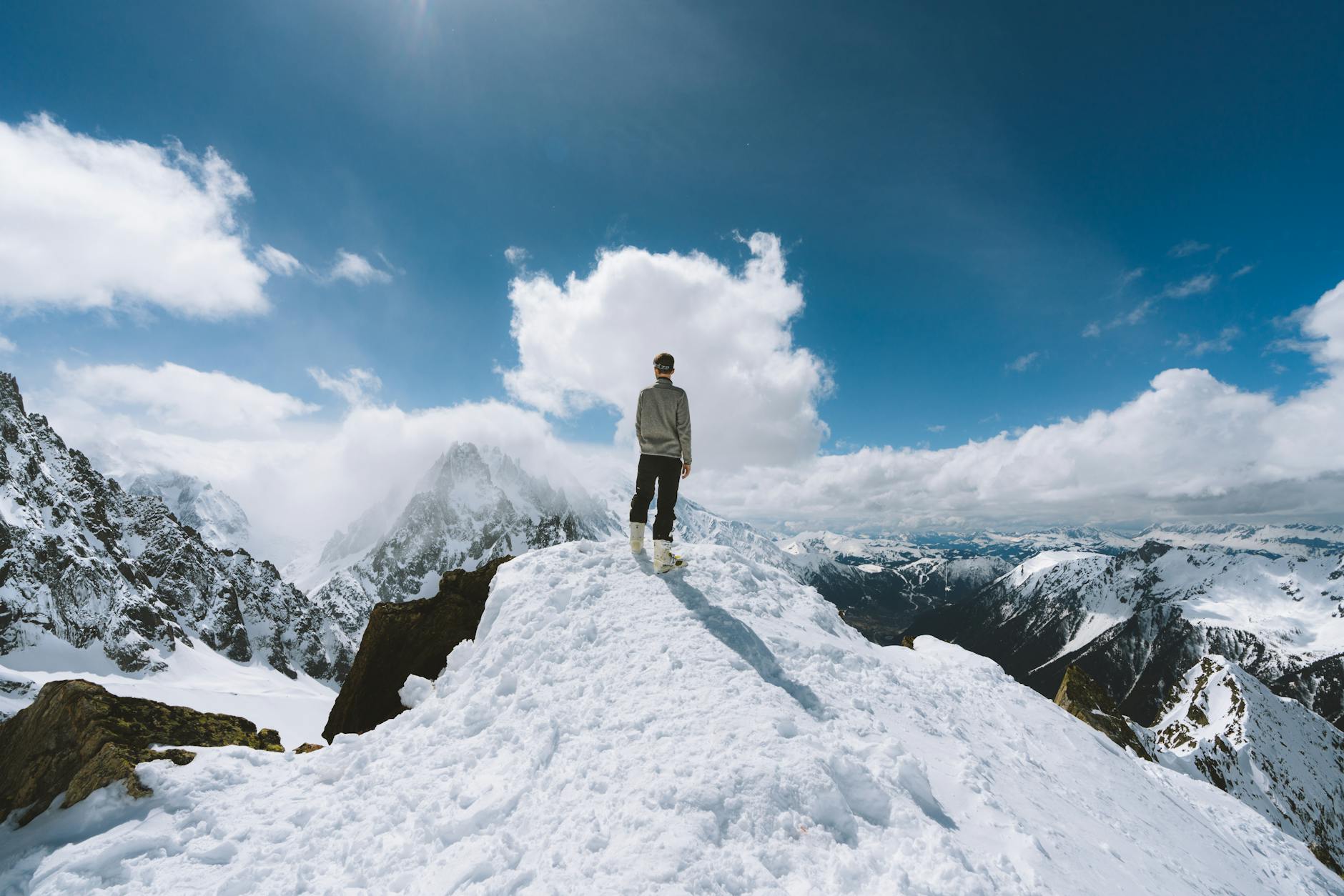
Winter backpacking is an incredible way to experience the outdoors in its quiet, snow-covered beauty. However, it comes with unique challenges that require preparation, the right gear, and smart strategies.
Whether you’re a beginner or have some experience, this guide will provide all the essential tips for a safe, enjoyable, and memorable winter adventure.
If you’re traveling solo, check out these Solo Backpacking Tips for First-Time Travelers to get started on the right foot. Planning your meals? Here are some Backpacking Meals: Delicious Ideas for Solo Travelers and BackpackingBreakfast Ideas for Every Adventure to keep you energized. For gear, these Best Backpacking Gear for Lightweight Adventures will help you pack efficiently for the cold.

Why Winter Backpacking Is Worth It
Winter backpacking offers unparalleled serenity and unique benefits. Trails are quieter, wildlife is more visible, and snow transforms landscapes into something magical. Plus, winter conditions can build your outdoor skills and confidence. With the right approach, you can stay comfortable while making the most of this rewarding activity.

Essential Winter Backpacking Gear
Having the right winter backpacking gear is critical for staying safe and comfortable. Here’s a breakdown of what you’ll need:
1. Winter Backpacking Tent
- Choose a four-season tent. These are designed to withstand snow and wind.
- Look for a sturdy frame, strong poles, and steep walls to shed snow efficiently.
- Ensure good ventilation to reduce condensation.
2. Winter Backpacking Sleeping Bag
- Opt for a sleeping bag rated at least 10°F lower than the expected temperature.
- Down bags are lighter and warmer, but synthetic bags perform better in wet conditions.
- Use a sleeping bag liner for extra warmth.
3. Insulated Sleeping Pad
- A well-insulated sleeping pad prevents heat loss to the cold ground.
- Look for an R-value of 4.0 or higher for winter camping.
4. Backpacking Stove
- A liquid-fuel stove works better in freezing conditions compared to canister stoves.
- Carry extra fuel to melt snow for drinking water.
5. Winter Backpacking Gear List Essentials
- Clothing: Base layers, insulated mid-layers, waterproof outer layers, gloves, and a warm hat.
- Navigation tools: Map, compass, or GPS device.
- First aid kit: Include supplies for frostbite and hypothermia.
- Emergency gear: Whistle, multi-tool, and backup fire-starting materials.
- Headlamp: Winter days are short, so a headlamp with extra batteries is a must.
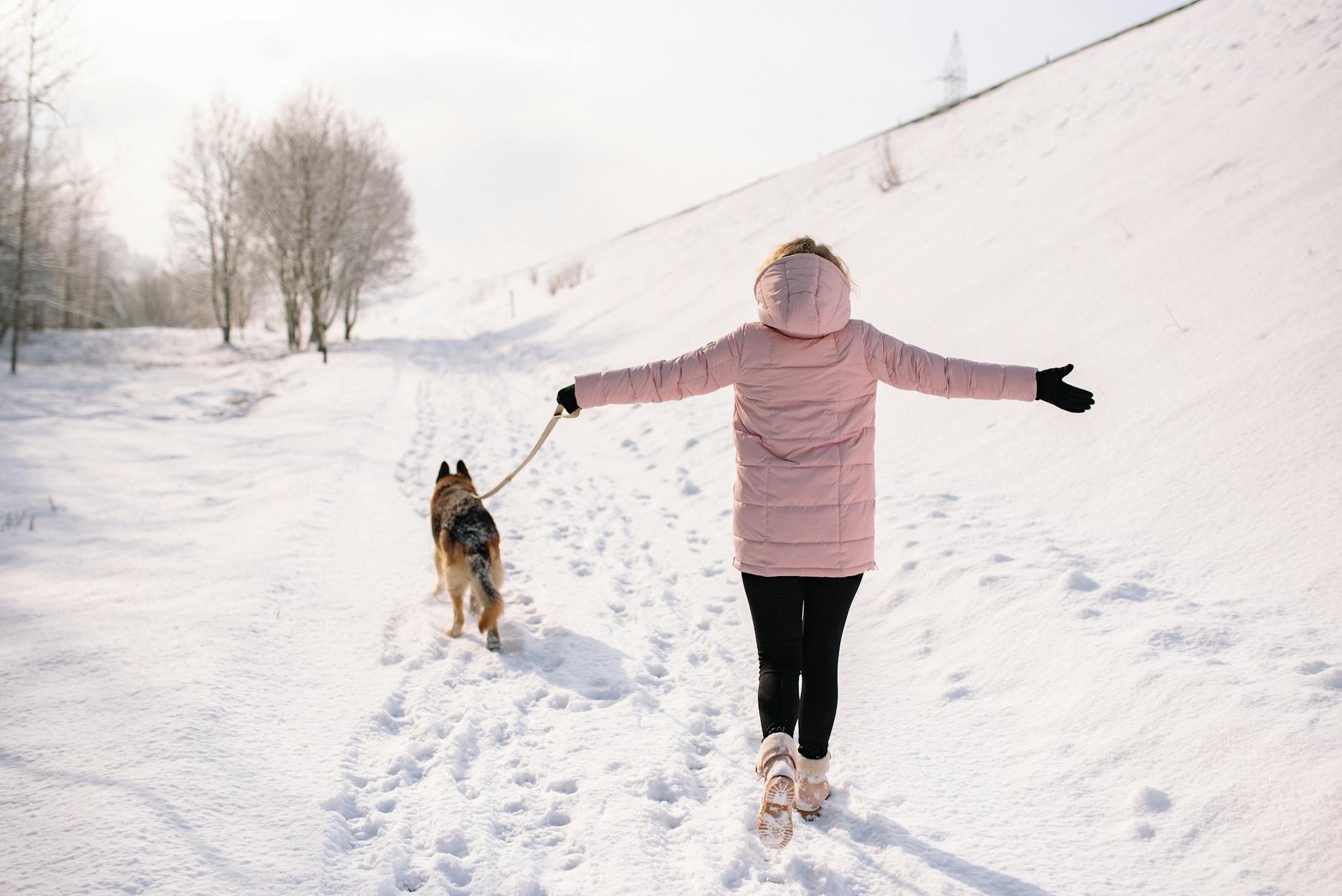
How to Dress for Winter Backpacking
Knowing what to wear while winter backpacking is crucial for staying comfortable. The secret lies in layering:
1. Base Layer
- Wear moisture-wicking materials like merino wool or synthetic fabrics.
- Avoid cotton, as it retains moisture and can make you cold.
2. Mid-Layer
- Choose insulating materials like fleece or down.
- This layer traps heat while allowing sweat to escape.
3. Outer Layer
- Use a waterproof, windproof shell to protect against snow and wind.
- Look for breathable fabrics with adjustable vents.
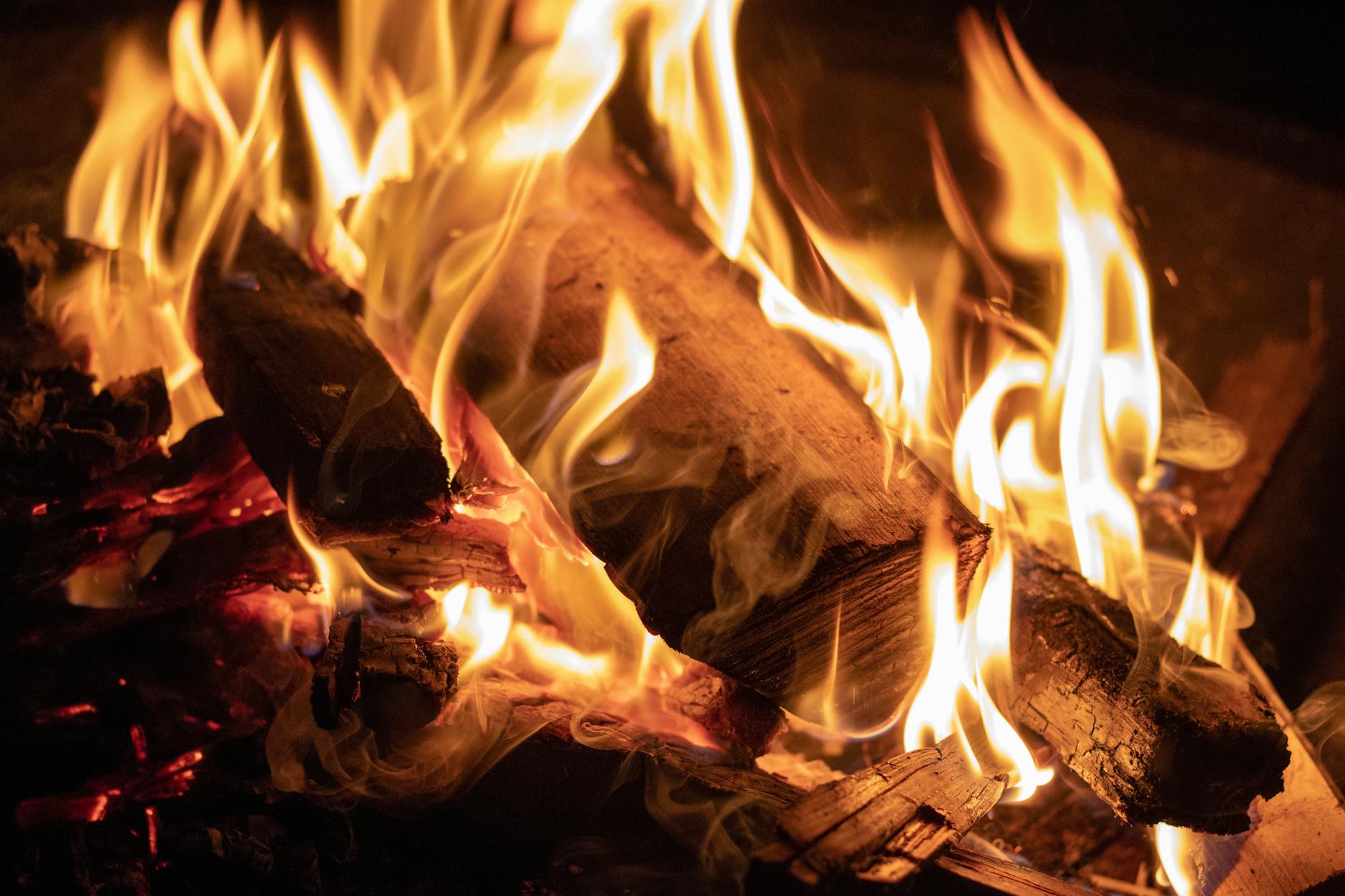
How to Stay Warm While Winter Backpacking
Staying warm is all about preparation and smart techniques:
- Keep Moving
- Regular movement generates body heat. Avoid sitting still for too long.
- Insulate at Night
- Stuff clothing into your sleeping bag to reduce empty space.
- Use a sleeping bag liner for extra warmth.
- How to Layer for Winter Backpacking
- Add or remove layers based on your activity level to prevent sweating.
- How to Remove Moisture from Jacket Winter Backpacking
- Shake off snow and frost before entering your tent.
- Hang wet gear inside your tent or sleeping bag to dry overnight.

Winter Backpacking Food and Hydration
Proper nutrition and hydration are key to keeping your energy levels up:
- High-Calorie Foods
- Pack lightweight, calorie-dense items like nuts, cheese, and energy bars.
- Hot meals like soups and stews provide warmth and comfort.
- Melt Snow for Water
- Use your stove to melt snow and purify it with a filter or tablets.
- Drink consistently to avoid dehydration, even if you don’t feel thirsty.
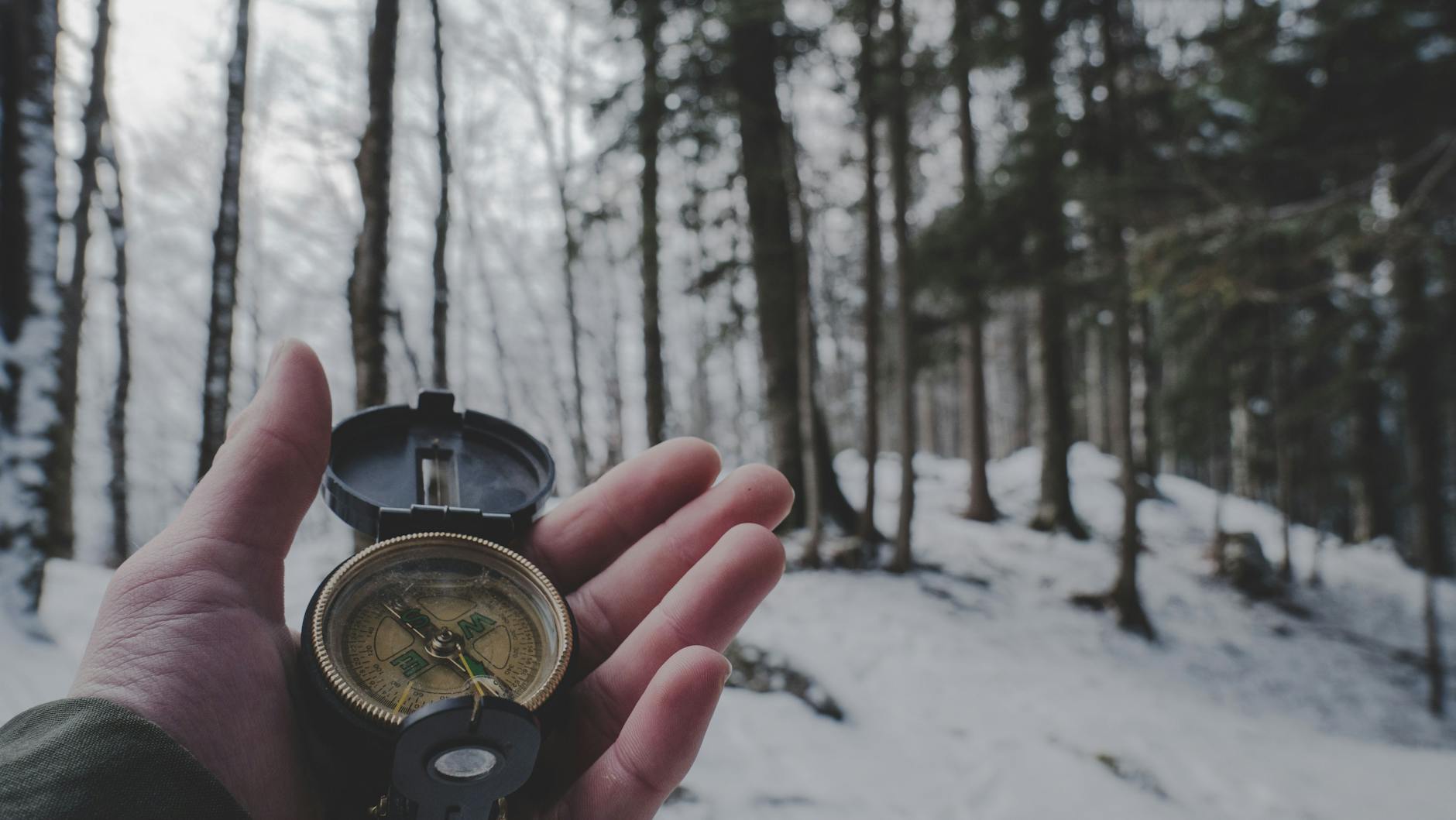
Navigating Winter Terrain
Navigating snowy landscapes requires extra caution:
- Map and Compass Skills
- Trails may be hidden under snow. Rely on navigation tools.
- Snowshoeing for Beginners
- Snowshoes prevent post-holing and make walking easier in deep snow.
- Practice walking with snowshoes before your trip.
- Avalanche Awareness
- Learn to read avalanche reports and avoid risky areas.
- Carry an avalanche beacon, probe, and shovel if traveling in avalanche-prone terrain.

Setting Up Camp in the Snow
A good campsite is essential for comfort and safety:
- Choose the Right Spot
- Look for a flat area shielded from wind, but avoid low-lying spots where cold air settles.
- Prepare the Site
- Pack down snow with your snowshoes to create a stable base for your tent.
- Using a Winter Tent
- Set up your winter tent with the entrance facing away from the wind.
- Dig a cold trench near the tent door to keep cold air from pooling inside.
Safety Tips for Winter Backpacking
Safety should always come first:
- Know the Weather
- Check forecasts and avoid heading out in severe conditions.
- Plan Shorter Routes
- Short days and challenging terrain make shorter trips safer and more enjoyable.
- Carry Emergency Supplies
- Include items like a bivy sack, extra food, and a signaling device.
Conclusion
Winter backpacking is a unique and rewarding experience that allows you to connect with nature in its quietest and most beautiful season. With the right winter backpacking gear, proper layering, and smart techniques, you can stay safe, warm, and comfortable on your journey. Follow these tips, plan carefully, and embrace the adventure!
Winter is waiting—get out there and explore!

